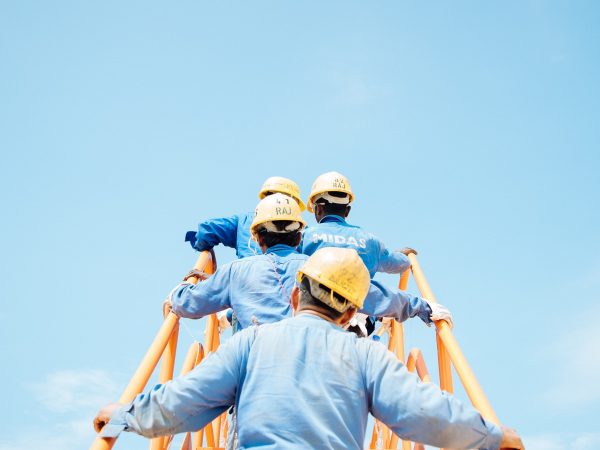
(Credit: Sorn340 Studio Images/Shutterstock)
Summer months bring warm weather, travel plans, and a spike in serious injuries and fatalities, particularly in the trades, according to Dag Yemenu, executive vice president, products, at ISN Software Corp., an online contractor and supplier management platform vendor.
“Summer months have been interesting. We have been keeping an eye on the data, and year after year, July and August see increases in injury and fatality. In construction as an industry, incidents spike in those months,” he says, noting a few factors are at hand.
In conjunction with more daylight hours come more workable hours, which can result in physical as well as mental fatigue. Additionally, higher temperatures can result in burnt-out workers, literally and figuratively.
Workforce issues can also lead to more injuries and fatalities, according to Yemenu, who explains: “In general, these are months when workers might be taking time off and new temporary workers might be just coming into the workforce, leading to short service employees.”
To reduce the risk of serious injuries and fatalities in the coming months, Yemenu offers three pieces of advice to establish and maintain a culture of safety at the workplace:
From the top: “When we think about a culture of safety, it starts with leadership,” he tells PropertyCasualty360.com. “That is key in setting the tone.”
However, it is more than “talking the talk,” Yemenu stresses, saying company leaders should show their commitment to a safe work environment through their actions and written words.
“Invest in a meaningful way in workers. It could be policy-related, providing the right environment, or investing in procedures to keep workers safe,” he says.
Ears open: The next key is listening, according to Yemenu, who suggests: “Have a way to survey front-line workers, those people that are closest to the risks. Engage them to understand their challenges, what is going well and what is not going so well.”
Part of this is making sure they feel empowered to report a safety issue.
Good data: The final factor to consider is data collection, whether it is in-house or outsourced, as solid data gathering practices can help improve the understanding of current risks and reduce future ones. This should include collecting data on not just injuries but near misses as well.
“We all want to see incidents get to zero. We get there by gathering the relevant data,” he says, noting the collected intelligence should drive decision-making and the implementation of controls.
This article was written by Steve Hallo, assistant editor with PC360 Group. Prior to his current position, Steve spent nearly a decade covering retail transformation, consumer trends, manufacturing issues and supply chain challenges impacting global CPG markets. For this article and more visit: https://www.propertycasualty360.com/2021/06/21/promoting-a-culture-of-worksite-safety-during/


